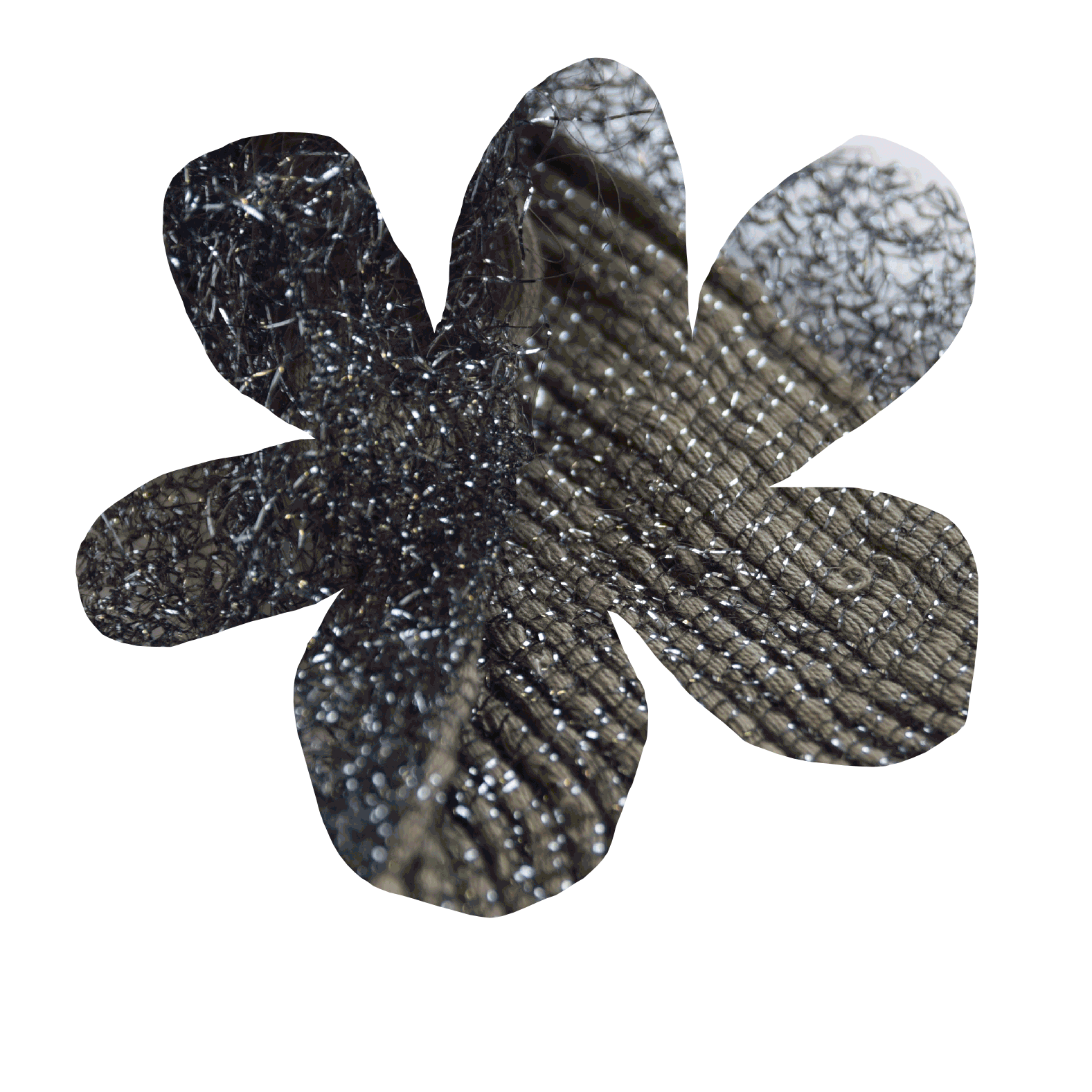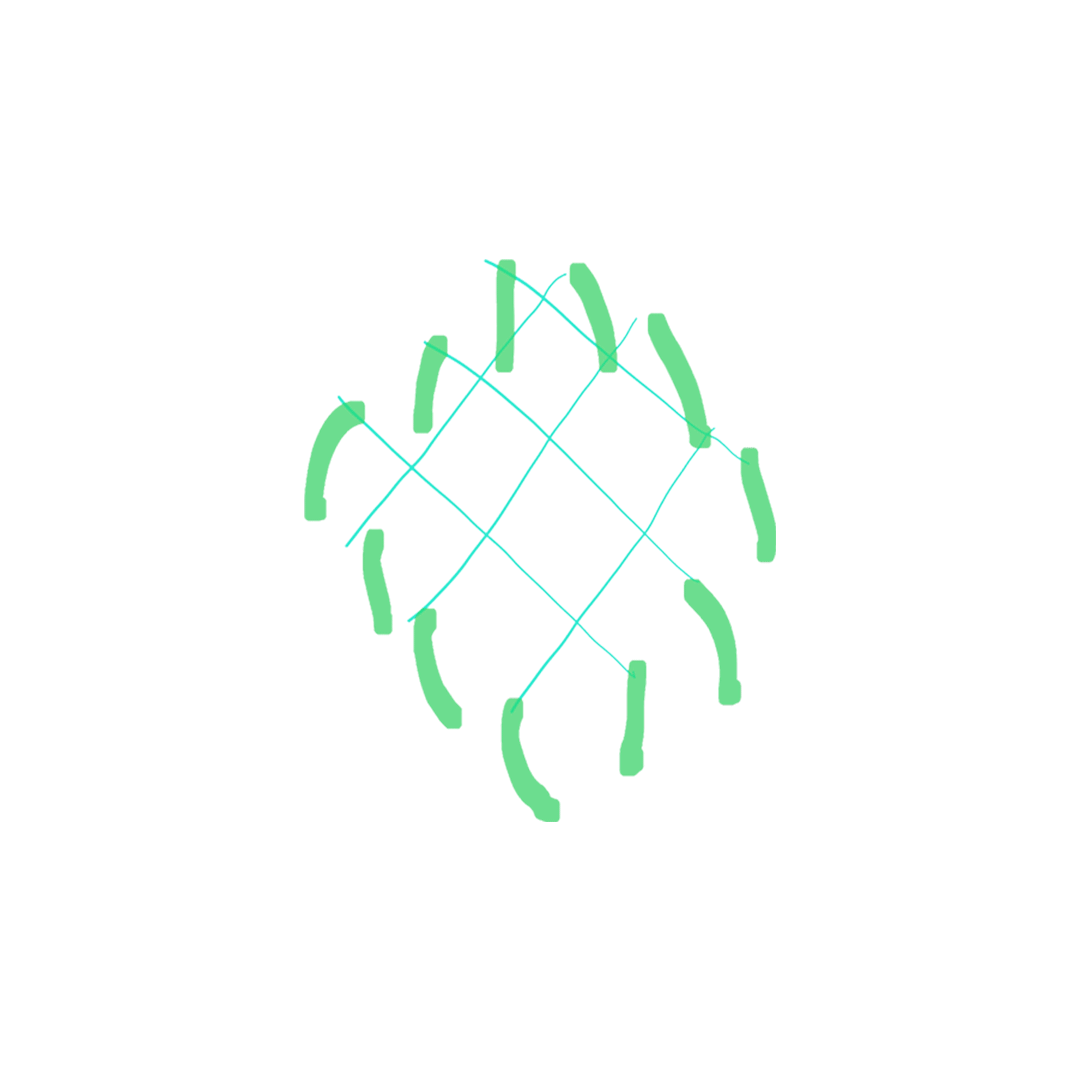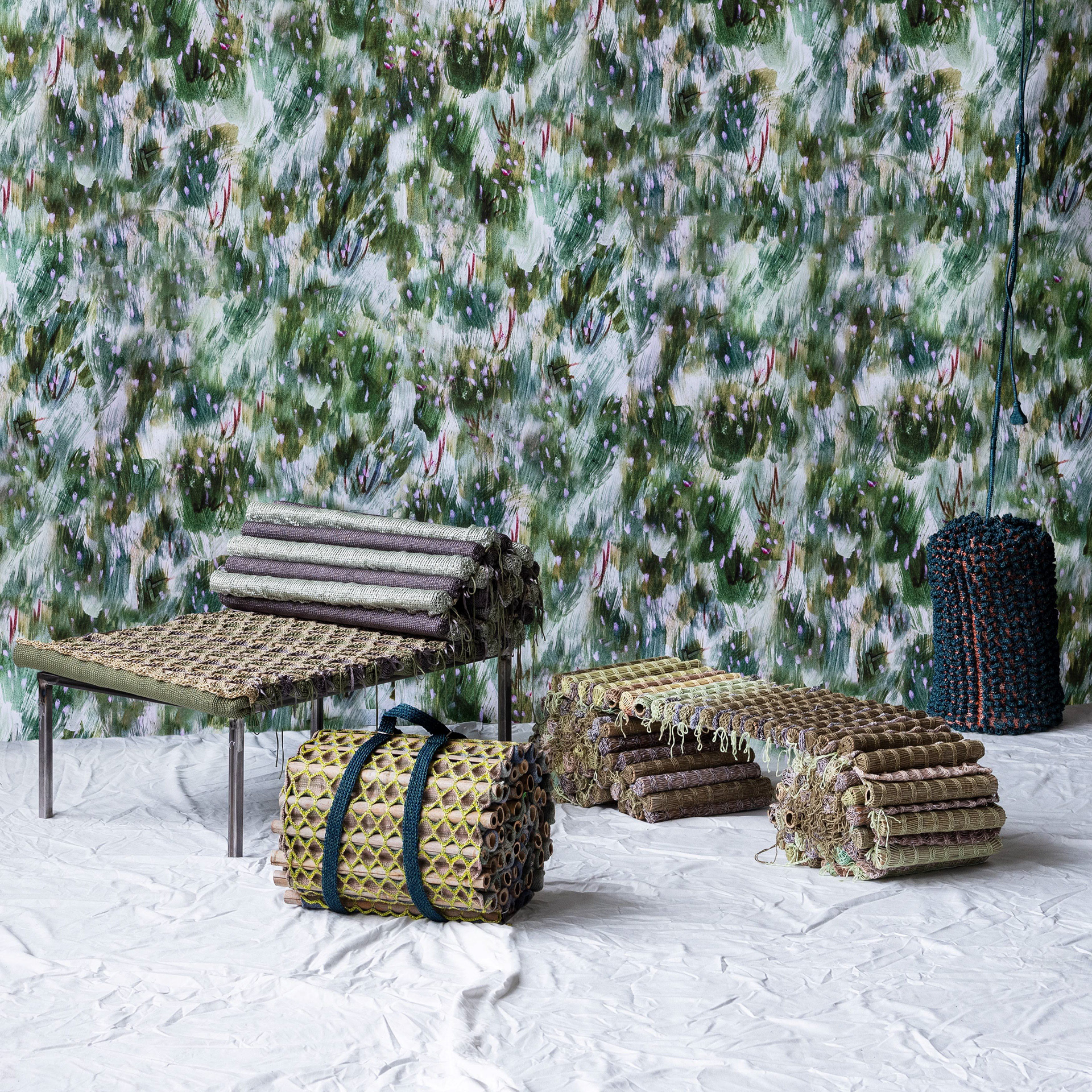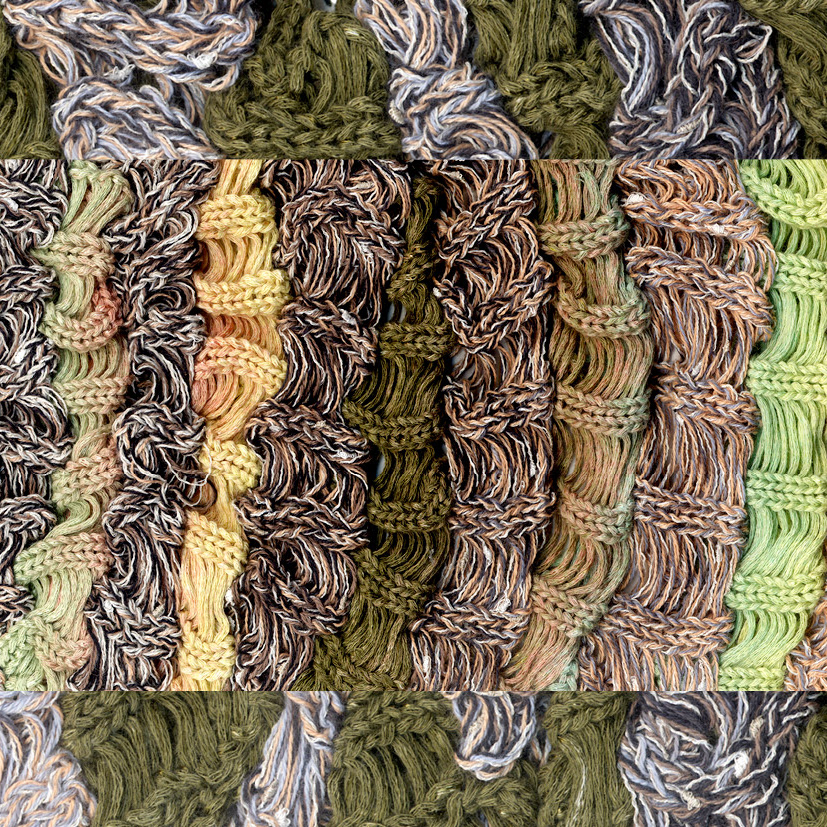My family owns a flower business in Lithuania which is closing. The greenhouses stand as reminders of shelter and the past glory of the business. I have been inspired by the grime of the paths between the flower beds, the growing weeds, the emptiness, and the holes in the walls. I find more curiosity in its demise. Maybe to appreciate a place it must come to an end. Inspired by greenhouses I build new structures and show the beauty of the place that once was through my own eyes, almost absent but still present.
My parent’s house stands next to several greenhouses that grow plants and flowers for sale. All have been built by my grandpa, even watering and heating systems that nobody can understand in current times, himself included. I have always known my family as people who grow flowers and have an unusual rhythm. From late winter to mid-autumn, they work in heated greenhouses, planting seedlings, caring for perennials, and arranging spaces until the first frost kills annual plants. Then they change their activities like animals who go for winter sleep and the greenhouses get cold, abandoned, and even haunted. I did not enjoy being in the greenhouses myself, in my memory they are stuffy, messy, busy, and always require so much work. In summer times it would completely take my mom’s and my grandparents’ lives away, all the energy, plans, and focus were on these structures that shelter plants. I honestly envied the greenhouses, I wanted such attention, I wanted to go to the beach with my mom or travel in summer but that was never an option. Even now, when arranging for the family to come to the Netherlands, my dad must stay home to take care of the flowers in the greenhouse. It is like the greenhouse consumes the lives of people, by building one you offer all your time and energy.
I never thought I would realize that the greenhouses have affected me as much as my family, I may not own my traditional plasticky building to grow verbenas, but an inner plant fanatic has always been there. All the bouquets that my mom made, all the compositions my grandma arranged, and a lot of the work they did were creative, it was all design. I had to acknowledge that this business has influenced the way I perceive colours and patterns. Wanting to make everything green and bringing nature into my work has been destined. Indeed, we are all flowers that bloomed under one greenhouse.
I spoke to my grandma in hopes of having an interview but the talks we had always shifted into different topics, like general life in her youth and I did not want to interrupt her. It was unusual to discuss the business beyond just earning money, but I learned about its beginnings. It all started with my great-grandmother growing flowers and selling vegetables at the market. Eventually, my grandma continued by growing and selling cut flowers by the cemetery as people would often visit the gravestones of their passed loved ones. The business expanded into growing seeds and seedlings, experimenting with plants and bit by bit the work bore fruit. Flowers were everywhere, in the garden, in the house sprouting under the growing lamps. “The way we were working our guts out just to make some money. The governmental work we did was just a secondary thing in the background, the most important was to work for yourself, to grow tulips, cut flowers, to plant.“ - my grandma said.
I spoke to my grandma in hopes of having an interview but the talks we had always shifted into different topics, like general life in her youth and I did not want to interrupt her. It was unusual to discuss the business beyond just earning money, but I learned about its beginnings. It all started with my great-grandmother growing flowers and selling vegetables at the market. Eventually, my grandma continued by growing and selling cut flowers by the cemetery as people would often visit the gravestones of their passed loved ones. The business expanded into growing seeds and seedlings, experimenting with plants and bit by bit the work bore fruit. Flowers were everywhere, in the garden, in the house sprouting under the growing lamps. “The way we were working our guts out just to make some money. The governmental work we did was just a secondary thing in the background, the most important was to work for yourself, to grow tulips, cut flowers, to plant.“ - my grandma said.
I do think flower-giving in Lithuanian culture has been always an important practice thus growing them was successful. Tulips were given to women on March 8th, and roses to mothers on the first Sunday of May, then of course fathers were gifted flowers on the first Sunday of June. As a student on September 1st, you would bring gladiolus to your main teacher as well as flowers and candy on Teachers Day on October 5th Flowers would be brought to decorate the graves of the deceased on November 2nd. And of course, flowers again on Valentine’s Day February 14th. At least I can say that I always had enough flower options to give as gifts.
The first greenhouse was a glass one , it was older than me and made out of materials my grandparents found at that time. There were no silicones to bind glass and metal together, so they had to get recipes to make the mixture themselves because it was not being sold. „What were the times, god oh god. The people were unhappy. The soviet times were better for the people who had some kind of benefit, to bring something home, to steal, there was money but no things, queues for everything that would come in, there was a shortage.“
After the first greenhouse came the extensions, the second and third. Everything was built considering how much free space there was. The blueprints did not exist, everything was in the head of my grandpa, at least that‘s what I was told. They would work every single day to finish a greenhouse and prepare it before business until springtime came. The easiest way to cover the greenhouse was using polyethylene film, which is a thick, sometimes blueish transparent plastic . It was almost a yearly task to fix the film but easier and cheaper than putting glass in. My grandma preferred the greenhouse with heating because it made it easier to start working early. In unheated ones, they brought candles and hot coal. I would be interested to see how it all looked, a space yet to become a place full of intentions and expectations having candles lit inside, holy atmosphere.
The Lithuanian word for a greenhouse is šiltnamis, which translates to warm house. When I think of a greenhouse, I see a space that is not only warm in temperature but also in its emotional connection between humans and plants. Plant growth demands a lot of attention and I have witnessed such love and dedication flowing from my family. Unfortunately, the warm house has turned into a cold house over time. My grandparents have aged and it has become difficult to keep everything running at the same pace. My grandma acknowledges that she should have taken a break from work earlier but the lucid need to work more, and sell more has overpowered them.
net, tarp and metal
tomato plant cloud
Now all of these greenhouses are standing almost empty, still some plants scattered. There are holes in the tarp that the wind keeps blowing through, grasses growing from the paths between beds, it is slowly breaking ). Yet it’s somehow beautiful, it feels more approachable to me now, like I want to browse through, and I do not understand why. Perhaps the greenhouses are accepting the end and letting go of my family. They exist as structures of shelter and past. I find that more interesting than a fully functioning greenhouse, I find more curiosity in its demise. Maybe to appreciate a place it has to come to an end.
I thought that continuing a tradition of greenhouse building and re-imagining the space that holds so many memories and experiences in my life could bring a profound sense of connection to my family and establish healing in the past and the present. I want to embrace the beginnings, the middle, and the finale of my family business. I took a lot of pictures of the greenhouses, the plants, and the existence, and absence of my family. I looked through photo albums full of happy faces and I wanted to preserve it, for the way it was and is.
I thought that continuing a tradition of greenhouse building and re-imagining the space that holds so many memories and experiences in my life could bring a profound sense of connection to my family and establish healing in the past and the present. I want to embrace the beginnings, the middle, and the finale of my family business. I took a lot of pictures of the greenhouses, the plants, and the existence, and absence of my family. I looked through photo albums full of happy faces and I wanted to preserve it, for the way it was and is.
Throughout my design work, I have developed a keen interest in technical explorations (click right picture). One technique that I have extensively worked on is the connection of knits and woven structures, called inlay or knit-weave. I inserted skewers into rib knits, and I found that the textile became far stronger and dimensional in its movement. In my research, I have scaled up to bamboo sticks, grasses, and other natural materials to build structures from knit. I wanted to see if I could continue the tradition of building just like my grandpa. I prefer second-hand materials to reduce mindless waste. Designing is inherently wasteful, but repurposing existing resources can make the process more sustainable. By introducing vernacular building, I could contextualise it in my field of expertise and interest.
I have been greatly inspired by the colours of the greenhouse, which I have captured in pictures, as well as those I have collected from my family’s photo albums and media (click left image). Even in the absence of plants, there are many natural elements surrounding the greenhouse. While green is the main colour, I found that to convey the essence of a greenhouse I should try to introduce other colours such as pink, blue, red, and purple as blooms of the flowers.
When I show my samples to other people or my teachers they seem to be fascinated and nod in agreement. What I made brings me joy, I enjoy the process and by putting these textiles together I get to explore and think about my family (click right image). Through this process, I feel like my negative feelings have subsided. There is no way to bring the times back, but I have an opportunity to forgive and understand priorities were only intended to bring comfort. The greenhouse was not at fault in anything, it was just easier to blame an inanimate object for the choices of people. I chose it to be a happy place, my knitted greenhouse full of plants and memories and an archive of the way my family grew flowers.








